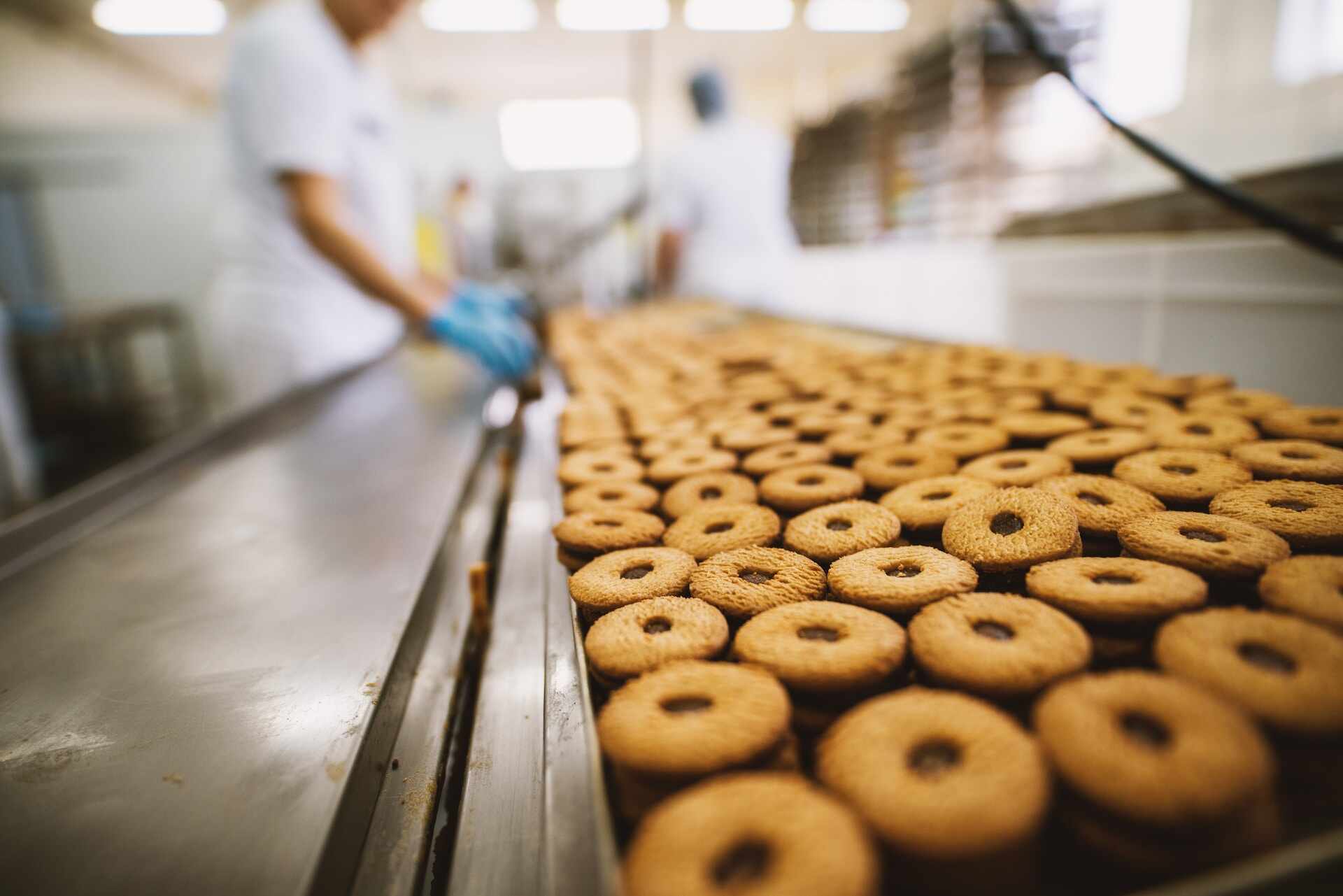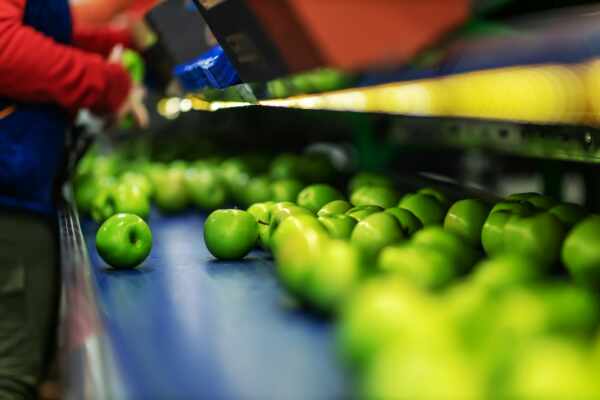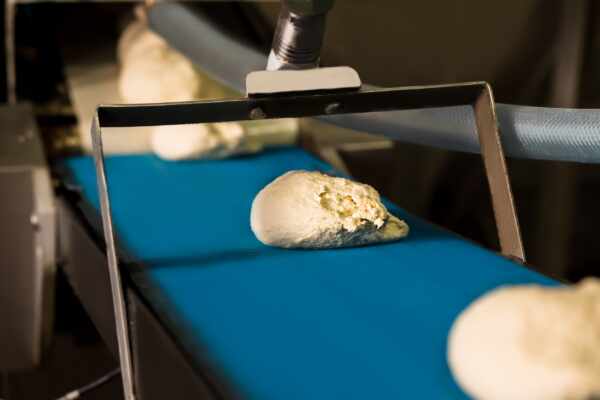Food manufacturing involves various processes, including preparing, processing, packaging, and transportation, and an efficient conveyor belt system plays a critical role in streamlining these operations. Designing the optimal conveyor belt system for food manufacturing requires careful consideration of factors such as material handling, hygiene, product longevity, and compliance with food safety regulations. Creating a well-planned conveyor belt system not only minimises downtime and waste but also helps maintain a safe and efficient production process throughout your food manufacturing operation.
In this article, we will explore essential considerations for designing an efficient conveyor belt system for food manufacturing, focusing on key design elements such as layout, belt material, modular construction, and sanitation.
Learn how to maximise your investment through strategic system configuration, assisting in accommodating fluctuating production needs and ensuring adherence to food safety standards. By adopting a data-driven approach to conveyor belt system design, you can optimise the efficiency of your food manufacturing operation and safeguard your reputation in the competitive market.
Planning the Optimal Conveyor Belt System Layout
The layout of your conveyor belt system greatly impacts efficiency, throughput, and overall operational effectiveness. Consider the following aspects to design the most suitable layout for your food manufacturing operations:
1. Space Utilisation: Efficiently utilise the available floor space, avoiding bottlenecks and obstructions. Plan transitions between processes, including elevation and directional changes, to maintain smooth product flow.
2. Product Flow: Map out the production flow, from material intake to processing, packaging, and final output. Factor in timings and synchronisation for staged processes, ensuring seamless product transitions.
3. Expandability: Allow for potential expansion or alterations in the future. Incorporate modular components that enable easy modification or extension of your conveyor belt system as production demands evolve.
4. Access and Maintenance: Design the layout with ease of access and maintenance in mind, allowing for straightforward inspections, repairs, and cleaning.
Selecting the Right Belt Material for Food Manufacturing
Selecting the appropriate conveyor belt material is crucial in achieving optimal performance while adhering to food safety standards. Consider the following factors when choosing the right material for your conveyor belt system:
1. Food Grade Compliance: Choose materials that meet food grade requirements and comply with industry standards such as FDA and EU regulations.
2. Durability and Resistance: Opt for materials that can withstand the wear and tear of daily operations, as well as exposure to chemicals, moisture, or extreme temperatures commonly associated with food manufacturing processes.
3. Ease of Cleaning: Select materials that can be efficiently cleaned and sanitised, reducing the risk of bacterial growth and cross-contamination.
4. Friction and Lubrication: Consider the friction and lubrication requirements of your conveyor belt system, minimising material wear and preventing possible contamination risks.
The Benefits of Modular Conveyor Belt Systems
Modular conveyor belt systems offer several advantages for food manufacturing operations, promoting flexibility, efficiency, and cost savings:
1. Customisable Design: Modular conveyors can be tailored to your specific requirements, making them ideal for adapting to unique production environments or complex processes.
2. Scalable Solutions: Easily extend or modify your conveyor system as your operation expands or changes. Individual modules can be added, removed, or reconfigured to accommodate evolving production demands.
3. Simplified Maintenance: Modular conveyor belt systems often feature easy-to-access components and standardised parts, streamlining maintenance and reducing downtime.
4. Enhanced Hygiene: Many modular conveyors are designed with hygiene in mind, incorporating features such as open design or easy-to-clean surfaces that promote food safety and minimise the risk of contamination.
Implementing Sanitary Design Principles
Sanitation is a crucial element of conveyor belt system design for food manufacturing. Adhere to the following design principles to ensure compliance with food safety regulations:
1. Smooth and Accessible Surfaces: Design conveyors with minimal seams, joints, or fasteners, promoting smooth and easy-to-clean surfaces. Ensure all components are accessible for thorough cleaning and sanitation.
2. Adequate Drainage: Incorporate slopes, channels, and drainage systems to allow for water and cleaning agents to be easily removed, thus preventing bacterial growth and contamination.
3. Food Safety Materials: Use materials approved for food contact, ensuring they are free from contaminants and resistant to degradation from cleaning chemicals.
4. Quick Assembly and Disassembly: Select conveyor systems with quick-release mechanisms or tool-less assembly designs for efficient dismantling, cleaning, and reassembly of components.
Conclusion
Designing an efficient conveyor belt system for food manufacturing operations is a multifaceted process that demands careful planning and consideration of various factors. From layout optimisation to belt material selection, implementing modular construction and adhering to sanitary design principles, a data-driven approach to conveyor belt system design can significantly enhance efficiency and food safety compliance. Collaborating with industry professionals can further bolster your operation’s success, offering expert guidance tailored to your unique requirements and objectives.
Partner with Change Parts Pty Ltd for comprehensive support in designing your ideal conveyor belt system for food manufacturing. Our industry expertise and dedicated team ensure a customised, efficient solution that maximises your operation’s productivity and performance.




